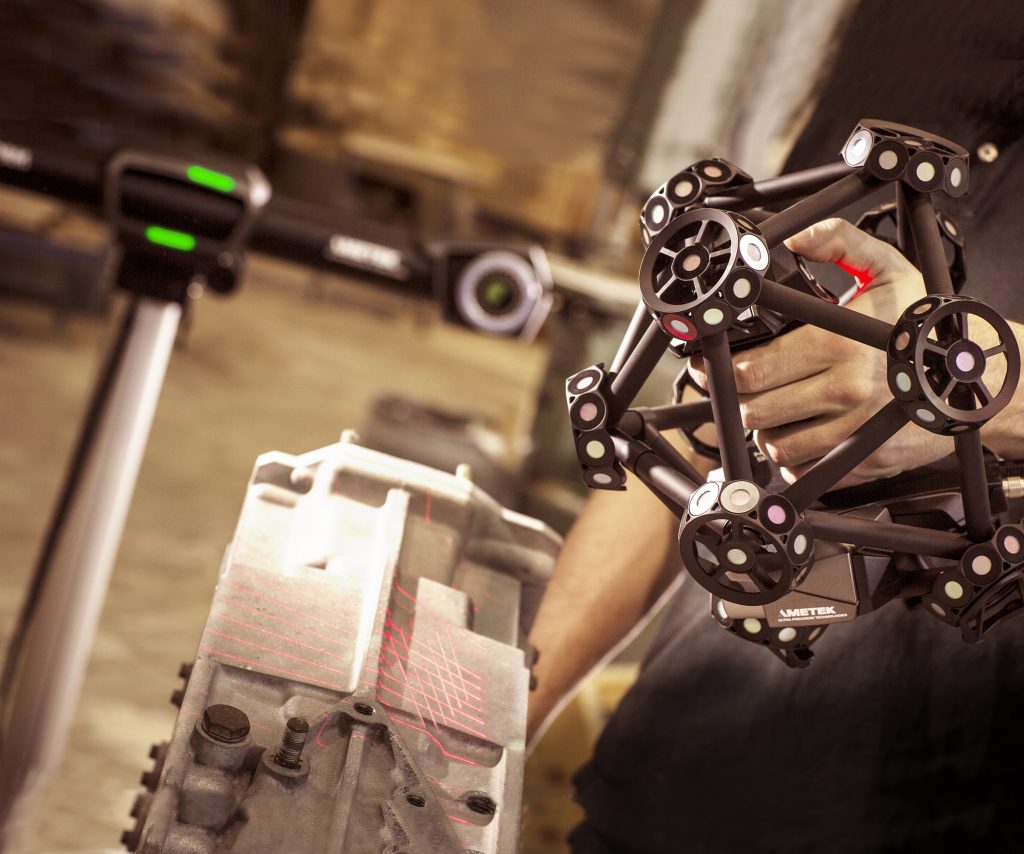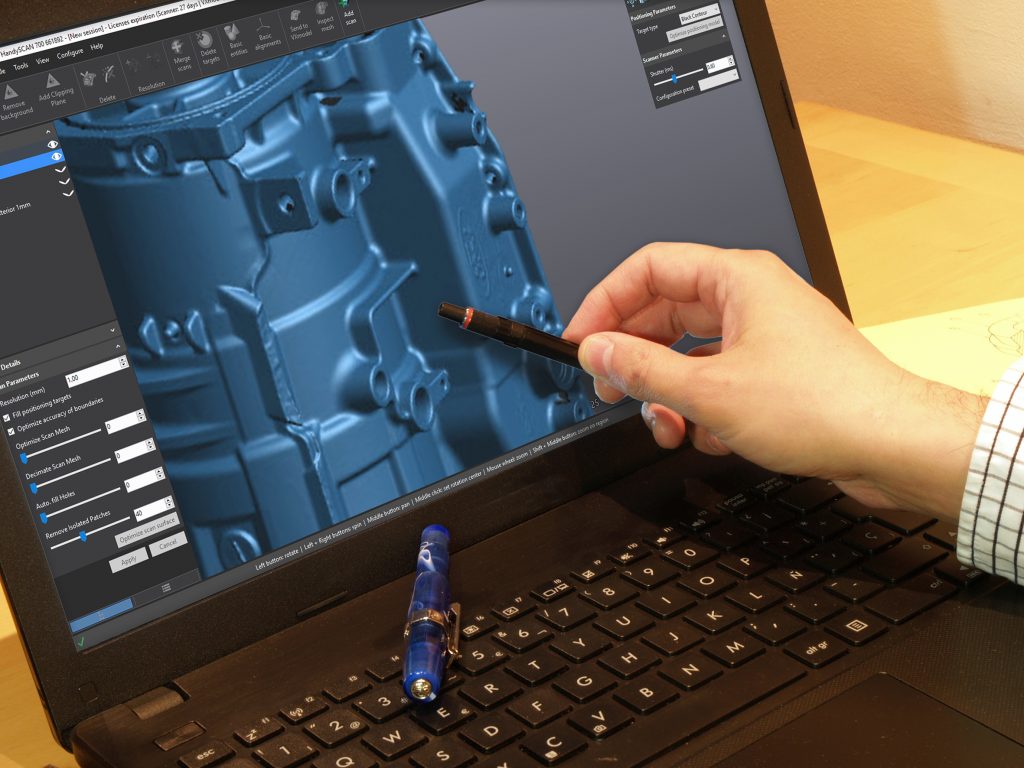September 20, 2024
Revolutionizing Custom Engine Fabrication with HandySCAN BLACK Elite & VXmodel See the articleAftermarket industries are facing numerous challenges in 2019. Many disruptors, including shifting competition, channel digitalization, and increasing quality and compliance requirements, are forcing aftermarket industries to address these challenges with new approaches, including 3D scanning technology.
Let’s take a look at some of 3D scanning benefits for aftermarket industries.
Product development
As manufacturers continue to innovate in their respective fields, aftermarket industry players are seeing a swift uptake in the demand for new product development on parts and components. And the timelines to getting these parts and components out on the market are becoming increasingly shorter.
Many aftermarket suppliers are using 3D scanning technology to accelerate product development and prototyping. When working with new—and complex—parts and shapes, R&D teams use 3D scans to digitalize manufacturers’ equipment to create, modernize or optimize parts for seamless first-time-right fit.
Reverse engineering
Oftentimes, aftermarket industries struggle with having outdated CAD files (or no CAD files at all!) of existing parts. This can not only slow down the design process for new or customized parts but also prevent aftermarket suppliers from selling online or integrating with manufacturers’ ERP systems.
By using 3D scanning technology, engineers can quickly capture all the measurements of an existing product and recreate highly accurate 3D models that can be used in the future. 3D scanning benefits go even further: 3D scanning can be used to reverse engineer competitor components to improve or expand current product portfolios.
Related articles: What is reverse engineering | Future of reverse engineering
Quality control

aluminum alloy cove crankcase engine part for automobile or vehicle before machining made from high pressure die casting process on table
Aftermarket industries must align themselves with ever-evolving and stricter quality standards, whether required from their clients or regulatory bodies.
Handheld 3D scanners help R&D and quality control teams carry out inspections during the prototyping or production stage of the product lifecycle management process. This way, the root causes of issues regarding the design or tooling of a part can be quickly identified and resolved, saving costly bottlenecks during high-volume production runs and product recalls. 3D scans can also be used during a product certification process.
The benefits of 3D scanning technology will undoubtedly positively impact the continued growth of aftermarket industries. 3D scanners are becoming a must for any aftermarket supplier looking to improve product development, quality and long-term commercial success.









